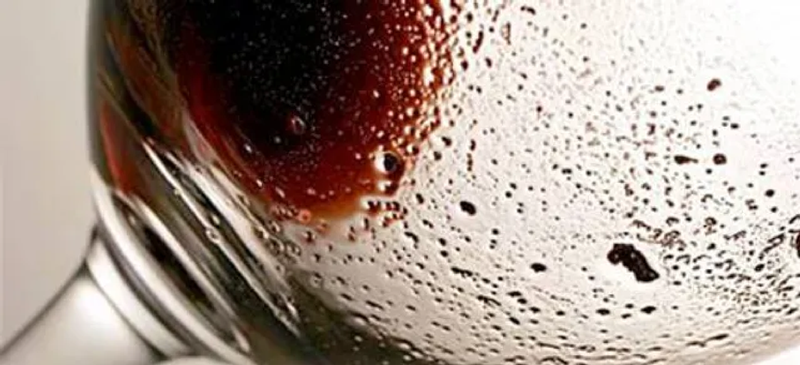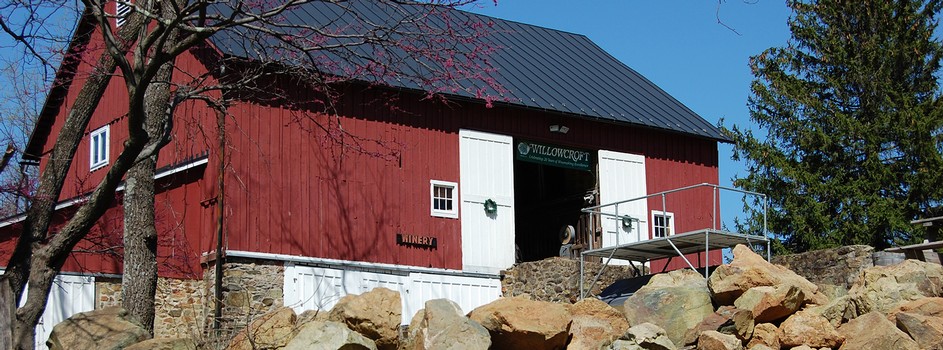Understanding Sediment in Wine: What It Is and How to Handle It

Have you ever noticed small particles resting at the bottom of your wine glass or bottle? That’s sediment, a naturally forming byproduct of the winemaking process. While some might be concerned when they see sediment, there’s no need to worry. Sediment in wine is wholly natural and can appear in both high and low-quality wines.
Most often, sediment consists of either tartrate crystals, sometimes called "wine diamonds," or spent yeast, known as lees. These components are natural byproducts of fermentation and aging and pose no harm to your body. Many of the world’s most prestigious wines—such as Bordeaux, Burgundy, and Barolo—are known to produce sediment as they age, which adds to their charm and complexity.
So, what should you do if you find sediment in your wine? First and foremost, avoid shaking or moving the bottle too much. Sediment tends to settle naturally along the bottom or side of the bottle. Before opening, let the bottle rest upright for about an hour to allow the sediment to sink to the bottom. Then, when you’re ready to pour, do so slowly and steadily to leave the sediment behind.
Decanting is an excellent method for removing sediment from older wines. Pour the wine into a decanter, carefully leaving the sediment in the bottle. This allows you to enjoy a clear wine with smooth flavor and texture, free from any gritty particles.
Sediment is a natural part of many wines, and understanding it can enhance your wine-drinking experience. So next time you find sediment in your bottle, embrace it as a sign of the wine’s journey and rich history. Cheers!

